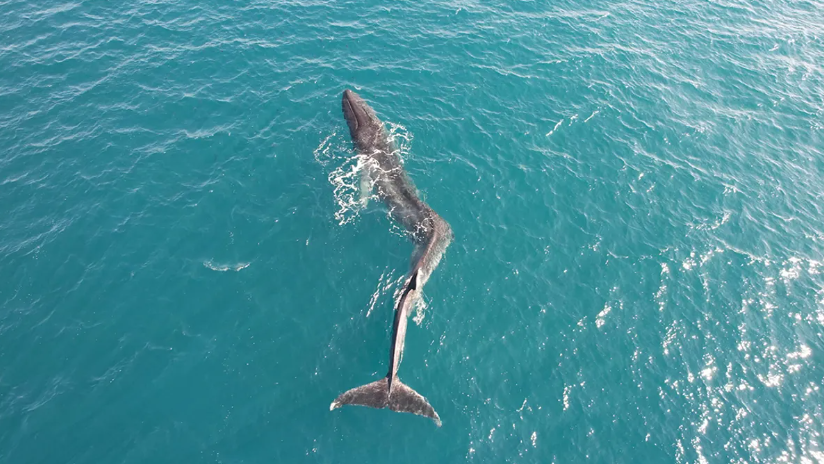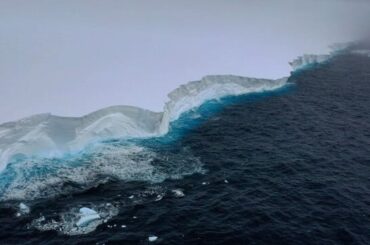Over the weekend, a fin whale was spotted struggling to swim off the coast of Cullera in Spain. The whale, which is the second largest species of whale in the world, was originally believed to be tangled in fishing nets.
However, it was later discovered that the animal had a spinal malformation of unknown origin. The Spanish Civil Guard and Oceanogràfic València, an oceanarium in Valencia, were alerted to the situation by a boat skipper who saw the whale experiencing difficulty swimming.
A team of rescuers was quickly dispatched by Oceanogràfic València to aid the whale. They discovered that the whale had serious deformities to its spine, but they were unable to place remote trackers on it to assess its condition or location due to the animal’s size, around 17 meters (55 feet), and its malformation.
The whale eventually moved away from the coast and disappeared into the Mediterranean. Researchers believe that the whale could appear again along the coast in the coming days and are urging people to report any sightings.
Fin whales are a species of baleen whale that use baleen plates to strain food from the surrounding water. They are found in oceans worldwide and are named for the fin on the rear end of their backs. Scoliosis, an abnormal lateral curvature of the spine, is most often diagnosed in humans during childhood or early adolescence.
While scoliosis has been observed in various animal species, whales are not known to develop it spontaneously. If a whale exhibits deformities to its spine, it is usually due to injury, such as from a ship collision.
In 2019, a minke whale in the Netherlands displayed clear signs of spinal issues caused by trauma. Researchers examined how the animal’s body had compensated for the injury and found strong similarities in 3D configuration with human variations of scoliosis.
This suggests that perceived shifts in spinal alignment and equilibrium can lead to uniform responses where the animal compensates for the damage. Humans have unique biomechanics in our spines caused by our center of gravity being located further back than in other animals, which may explain why we develop scoliosis without obvious causes.






